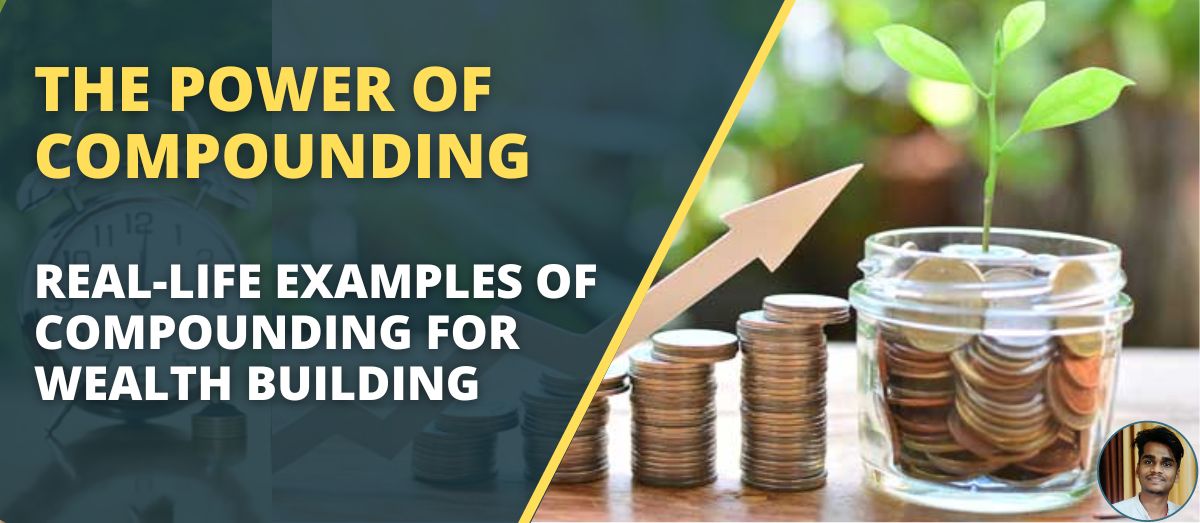Hello friends, we all know that nowadays money cannot be made just by working hard and earning money. Rather, wealth is created by using money. We keep hearing from everyone that using money creates more money, but many of us don’t know how. Today through this article we will try to understand it and also learn about the power of combination with real-life examples.
When it comes to building wealth, one of the most powerful strategies is to harness the power of compounding. Compounding allows your money to grow exponentially over time, as you earn a return not only on your initial investment but also on accumulated interest or gains. In this article, we will take an in-depth look at the concept of compounding and present real-life examples that show its remarkable potential for wealth creation.
Introduction: Unlocking Wealth Through Compounding
An often underestimated financial principle holds the key to long-term wealth accumulation. By harnessing the power of compounding, individuals can watch their investments grow exponentially over time.
Basics of Compounding
It is essential to understand the basic concept of compounding to appreciate its importance in wealth accumulation. Compounding involves reinvesting the income generated from your investments to generate even more income. Over time, these reinvested earnings contribute significantly to your overall portfolio growth.
Example 1: Early Investor
Let us consider a person named Ram and Shyam. Ram starts investing ₹1,000 annually at the age of 25, while Shyam starts investing the same amount annually at the age of 35. Assuming that both Alex and Ben earn an average annual return of 7%, here’s how their investments will grow over time:
- By the age of 65, Ram’s investment would have grown to approximately ₹ 247,115.
- On the other hand, Shyam’s investment would have grown to only ₹134,213 by the same age.
This substantial difference in final portfolio value shows how starting early and taking advantage of the power of compounding can lead to substantial wealth accumulation.
Example 2: Power of Reinvestment
Consider a scenario where Sita invests ₹10,000 in dividend-paying stocks. The stock offers an annual dividend yield of 4%, which she reinvests in buying more shares of the same stock. Over time, the compounding effect of reinvesting the dividends resulted in significant growth in Sita’s portfolio. As the number of shares increases, so do the dividend payments, creating a compounding cycle that accelerates his wealth accumulation.
Example 3: Retirement Planning
Compounding is the cornerstone of effective retirement planning. Rahul starts saving ₹ 500 per month at the age of 30 in a retirement account with an annual return of 6%. By the time he turns 60, his original retirement objective will exceed ₹544,000, mainly due to the power of compounding. This example underscores the importance of consistent contributions and the extended timeline to allow compounding to work its magic.
conclusion
Lastly, the power of compounding should be kept in mind when it comes to building wealth over the long term. Starting early, reinvesting earnings, and staying committed to your investment strategy are essential components of using compounding to your advantage. These real-life examples underscore how small, consistent efforts can lead to substantial financial gains over time. As you embark on your wealth-building journey, remember that the key lies in harnessing the remarkable potential of compounding. So, take the first step towards a financially secure future today.
